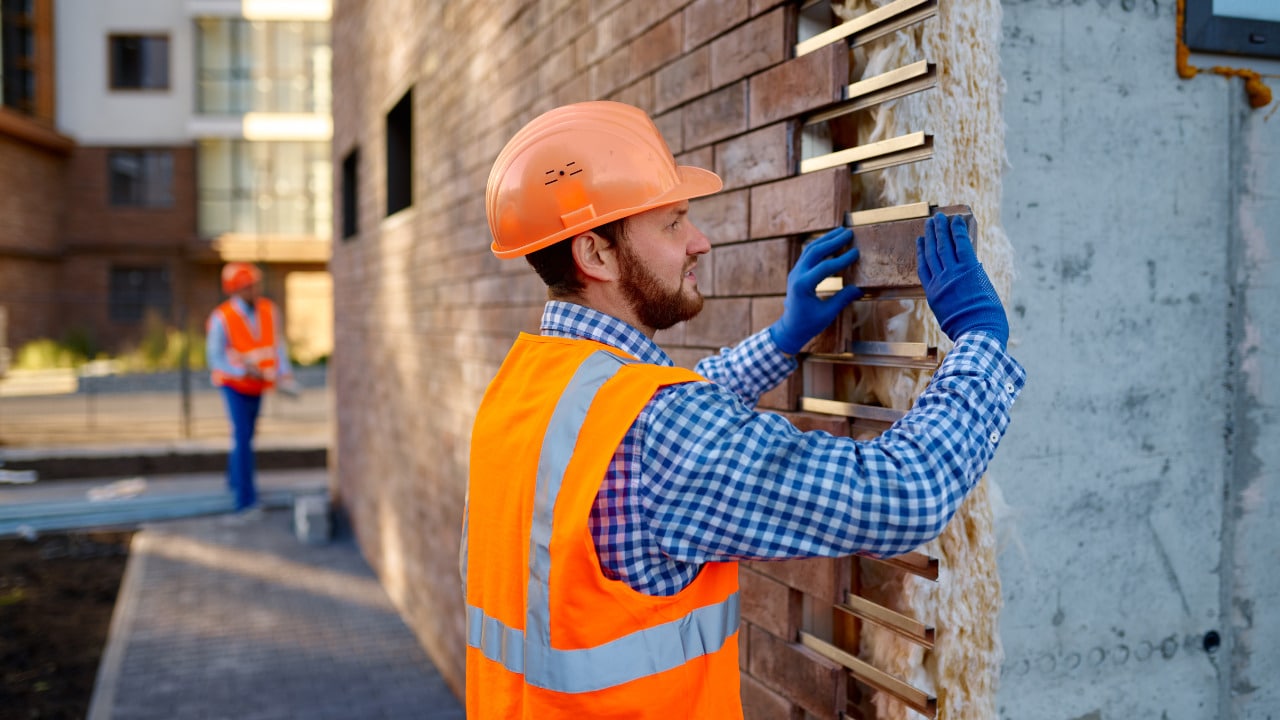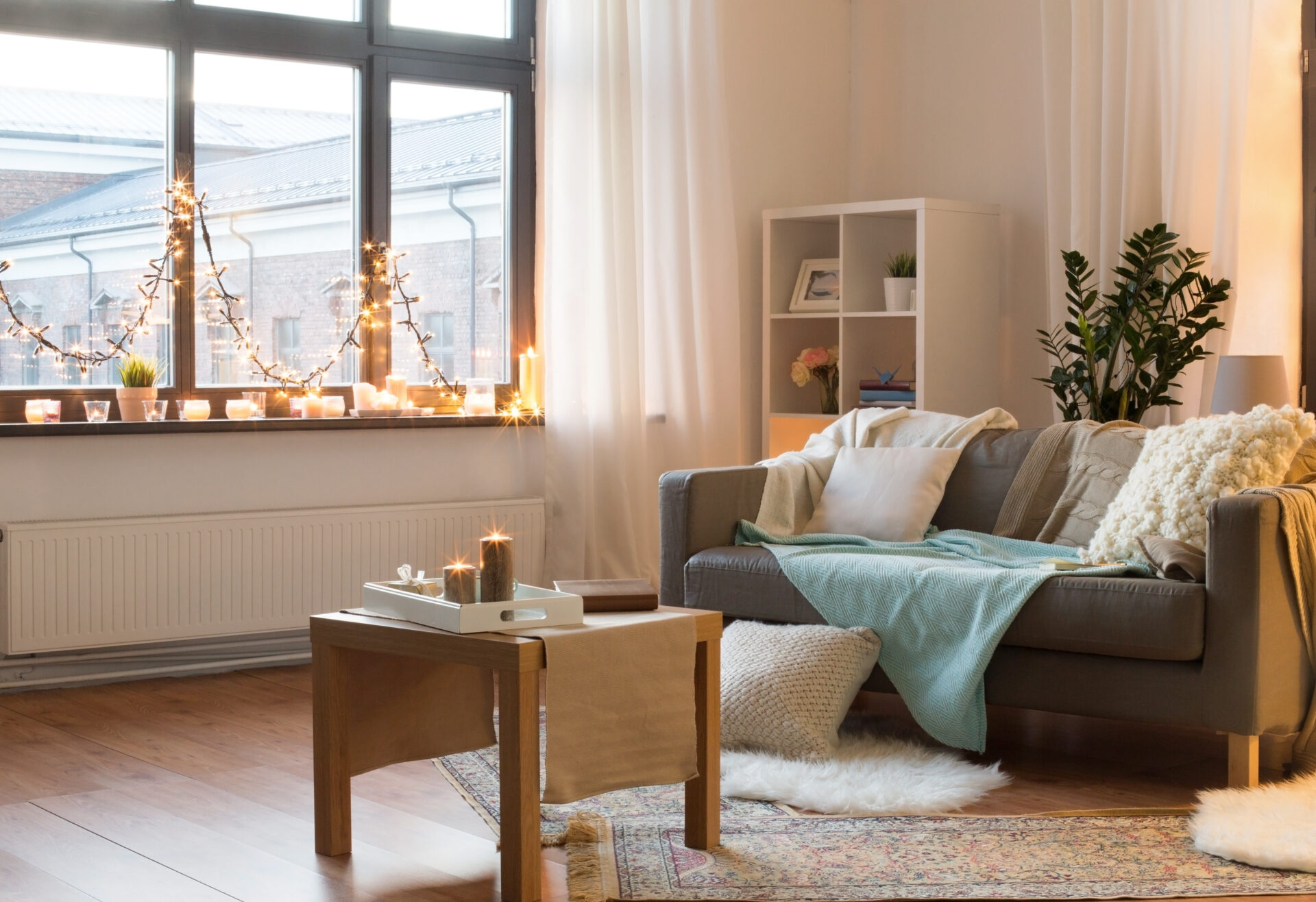Stone cladding, a design trend that has stood the test of time, has earned its place as a sought-after architectural choice. This versatile technique combines natural elegance with practicality, offering a wide range of benefits for both residential and commercial spaces.
Let’s delve deep into the captivating world of stone cladding, exploring its origins, the myriad of materials available, installation methods, sustainable practices, and its remarkable impact on the overall aesthetics of any structure.
Table of Contents
The Roots of Stone Cladding
Stone cladding isn’t a new concept; it has been used for centuries to enhance the appearance and durability of buildings. Historically, it was a way to mimic the grandeur of solid stone structures without the hefty price tag. The ancient Egyptians, Greeks, and Romans were among the early adopters of this technique, adorning their temples, monuments, and walls with stone veneers.
Fast forward to the modern era, and stone cladding has become a staple in contemporary architecture. Today, architects and homeowners alike appreciate its ability to blend timeless beauty with practicality seamlessly.
Materials that Embrace Nature’s Beauty
When it comes to stone cladding, the choice of materials is not just about aesthetics; it’s a way to connect with the raw beauty of the natural world. Each stone type possesses its distinct characteristics, offering a range of choices to suit various design preferences and project requirements.
Limestone
This material is renowned for its understated elegance. Limestone’s soft, neutral tones evoke a sense of tranquility and rustic charm, making it a popular choice for those who wish to create warm and inviting spaces.
Slate
Slate, with its rich earthy colors and unique texture, has a natural ability to infuse spaces with a touch of drama. Its durability makes it an ideal option for both interior and exterior applications, where it can add a sense of rugged, organic beauty.
Granite
Granite is known for its polished, sophisticated appearance, elevating any space with its distinctive texture and enduring beauty.
Marble
Marble is the epitome of elegance. With its luxurious appearance, characterized by intricate veining and a vast spectrum of colors, marble transforms any space into a work of art.
Sandstone
Sandstone strikes a harmonious balance between ruggedness and refinement. Its earthy hues and natural texture lend a sense of timelessness to traditional and contemporary designs. Sandstone’s versatility shines through in applications ranging from exterior facades to interior accent walls, making it a versatile choice for those who wish to connect with the earth’s essence.
Travertine
With its distinctive pitted surface and warm, earthy colors, Travertine offers a sense of history and authenticity. Ideal for flooring, wall cladding, and even pool decking, travertine has a timeless appeal that stands the test of time.
Each of these materials has its unique voice, telling a story of nature’s beauty through texture, color, and character.
Installation Methods: Seamlessly Fusing Nature and Architecture
Stone cladding installation techniques have come a long way from their ancient roots. Modern methods ensure that the result is visually stunning and structurally sound. One popular process involves adhering thin slices of natural stone to a substrate using mortar or adhesive, allowing for a lightweight yet authentic appearance.
On the other hand, dry-stack installation gives a more rustic, rugged effect by arranging stones without using mortar. This technique often resembles the look of a centuries-old stone wall, adding a touch of nostalgia to contemporary designs.
Sustainable Stone Cladding
In an era of increased environmental consciousness, stone cladding can be an eco-friendly choice when sourced responsibly. Many suppliers offer stone from quarries that follow sustainable practices, ensuring minimal environmental impact. Additionally, the longevity of stone cladding reduces the need for frequent replacements, further reducing its ecological footprint.
Elevating Aesthetics and Value
The impact of stone cladding on the aesthetics of a building is undeniable. Whether used to accent a fireplace, create an accent wall in a living room, or entirely cover a home’s exterior, stone cladding adds character and depth. It can transform an ordinary space into a visual masterpiece, creating a lasting impression on visitors and passersby.
Furthermore, stone cladding enhances the value of your property. Potential buyers are drawn to the timeless appeal of stone, and its durability ensures that it will stand the test of time. It’s an investment that beautifies your surroundings and adds substantial value to your real estate.
Conclusion
Stone cladding is more than a design choice; it’s a statement. It’s a nod to the enduring beauty of natural materials and the artful fusion of the past with the present.
So, as you embark on your design journey, consider the allure of stone cladding. This choice combines nature’s beauty with modern aesthetics while offering sustainability and lasting value. Let the timeless elegance of stone clad your spaces, making a lasting impression on all who behold them.





